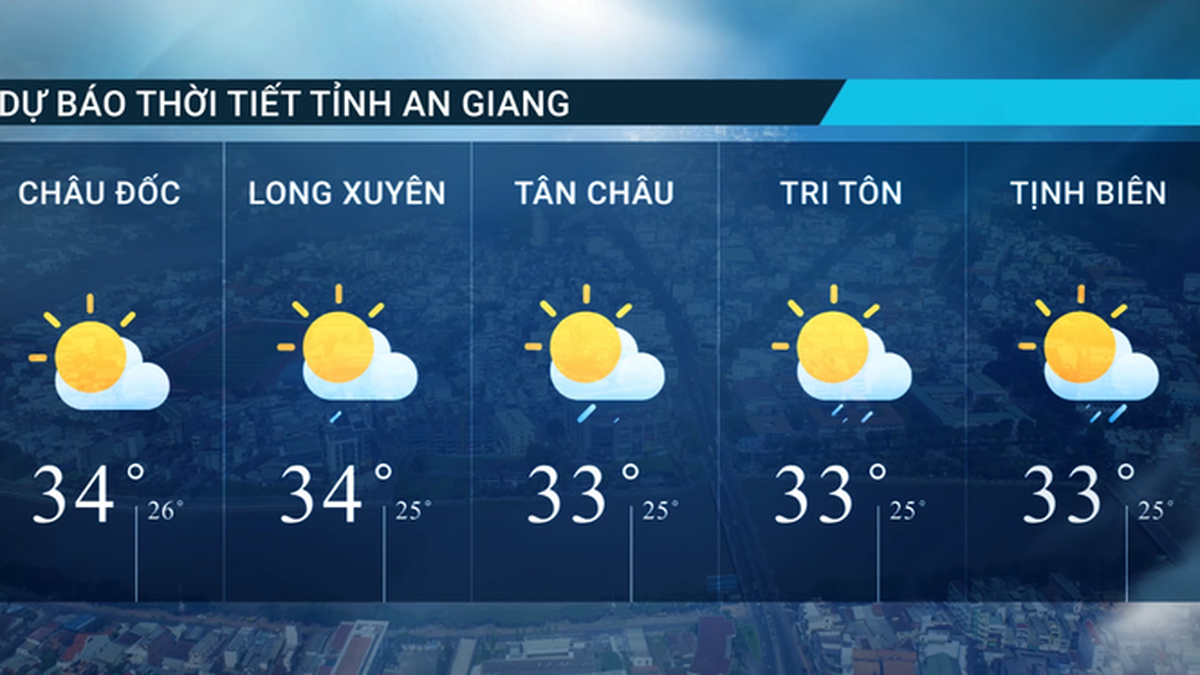The decision to declare a six-month state of emergency will allow the Italian government to immediately allocate an initial budget of €5 million to create “new structures, suitable for both sheltering and processing and repatriating migrants who are not eligible to stay.” It also means Rome will repatriate the majority of migrants, in a multi-year effort to crack down on illegal immigration, Euronews said.
Previously, immigration policy reforms related to the “special protection” status have made immigration to Italy more open to anyone who has been persecuted in their home country for reasons such as race, gender, religion, political views, etc. In 2022 alone, about 10,000 migrants will qualify for Italy’s “special protection” status and therefore be approved to immigrate to the country.
The situation is different now, as Italy has seen a sharp increase in the number of migrants arriving in the country since the beginning of the year. Data from the Italian Interior Ministry shows that in the first three months of this year alone, about 31,000 migrants arrived in Italy, four times more than in the same period last year. Many poorly equipped boats carrying illegal migrants have encountered accidents on the sea route through the Mediterranean, causing a series of migrant disasters that have killed hundreds of people.
The International Organization for Migration assesses that crossing the Mediterranean is one of the most dangerous migration routes in the world, while migrants are often crowded onto rickety, unsafe boats, so accidents frequently occur.
The number of migrants is expected to continue to increase as the weather in the region warms up in the transition from spring to summer. Evidence of this is that in just three days in April, the migrant reception facility on the Sicilian island of Lampedusa - considered the gateway to Europe in the Mediterranean - with a capacity of about 800 people, had to receive 3,000 migrants, nearly four times its maximum capacity.
Of course, favorable weather is not the only reason for the increase in migrants to Italy. Economic crisis, political instability, increasing violence and conflict... are the main reasons why many people in countries such as Libya, Tunisia, Côte d'Ivoire, Guinea, Pakistan... decide to leave their homeland to find new lands.
Regardless of the cause, if no timely measures are taken to prevent it, the Italian Ministry of the Interior predicts that the country may have to receive 400,000 illegal immigrants in 2023, a record high. Severe overload at reception points, lack of personnel and resources to handle the migrant problem leads to a breakdown in health care services, food supply, accommodation... along with congestion in processing asylum requests. In fact, more and more illegal immigrants are falling prey to criminal organizations in Italy.
The declaration of a state of emergency allows Prime Minister Giorgia Meloni's government to tighten immigration rules, which it hopes will help deter migrants from making the dangerous journey from North Africa to Italy and prevent tragedies like the one in which 93 migrants died in a shipwreck in the southern Calabria region in February. However, this is only a temporary short-term measure. The Italian government has called for a coordinated effort among European countries to develop a common policy to control and manage illegal migration routes, and "appropriate interventions" in countries where migrants come from to reduce the problem.
HA PHUONG
Source

































































































Comment (0)